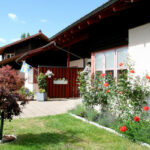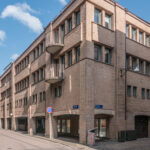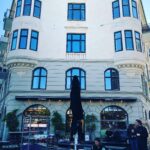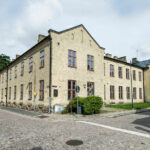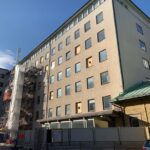Moisture driven floor emissions
Volatile chemicals spreading from the floor into the indoor air can cause discomfort and adverse health symptoms. Moisture-laden linoleum flooring can emit, for example, aldehydes and alcohols. Moisture can also lead to degradation of plasticizers in plastic flooring or floor adhesives through alkaline hydrolysis (saponification) resulting in elevated air concentrations of 2-ethylhexanol (2-OH) or C9-C10 alcohols depending on the plasticizer. cTrap is an effective and sustainable solution. The examples show how symptoms disappeared after a cTrap floor installation in a townhouse and how 80 apartments in an apartment building were remedied.
Impregnating agents and moisture protection
Chlorophenols were previously often used as impregnation agents in buildings. With moisture, chlorophenols may form chloranisoles which results in a musty mold-like smell. In older properties there may also be remnants of creosote that had been used as a moisture barrier. Creosote contains, among other things, polycyclic aromatic hydrocarbons (PAH), several of which are carcinogenic. cTrap can prevent chloranisoles and PAHs from reaching indoor air. The examples show two properties where the problems were solved with cTrap on the floor and wall.
Penetrating tobacco smoke
Tobacco smoke entering the home from a smoking neighbor can be a problem in older properties with leaks such as cracks and fissures in the floor/ceiling construction. The same applies to smells from cooking, for example in a restaurant under a current apartment. The example shows how a disturbing smell of smoke from the neighbor was quickly resolved through a cTrap floor installation.
When renovating
Renovating existing building stock provides major financial and environmental savings compared to building new. This is a strongly growing trend. cTrap is an effective and sustainable solution to remediate indoor air problems – see examples!
Mold
Mold growth occurs on most materials if moisture conditions are favorable. To remedy mold problems in buildings one should first ensure that the addition of moisture ceases, the material dries, and visible mold is removed using an environmentally friendly method. We recommend then to cover the damaged surface with cTrap to protect against remaining mold residue and other moisture-caused emissions.
